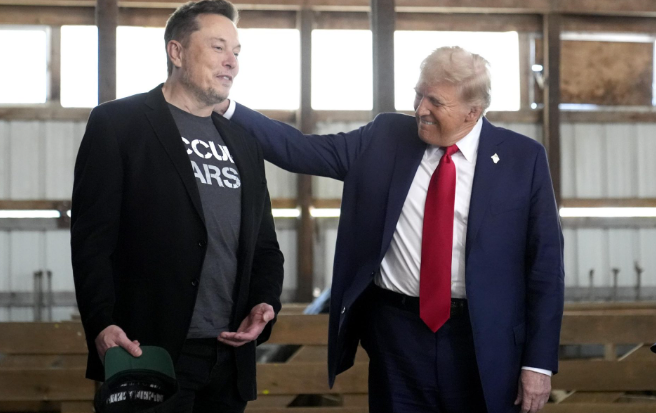[ad_1]
RICHMOND, Va. (Reuters) – The mayor of Charlottesville called on Friday for a special session of Virginia’s legislature to let localities decide the fate of Confederate monuments like the statue at the center of a far-right rally last week that turned deadly.
Mayor Mike Signer issued his appeal amid an increasingly contentious debate over what to do with memorials to Confederate figures, who fought for the preservation of slavery during the U.S. Civil war, that are seen by opponents as offensive.
In what has become the biggest domestic crisis of his presidency, Donald Trump has been sharply criticized, including by fellow Republicans, for blaming Charlottesville’s violence not only on the white nationalist rally organizers, but also the anti-racism activists who opposed them.
“Whether they go to museums, cemeteries, or other willing institutions, it is clear that they no longer can be celebrated in shared civic areas,” Signer said in a statement, referring to the statues. “We can, and we must, respond by denying the Nazis and the KKK (Ku Klux Klan) and the so-called alt-right the twisted totem they seek.”
A 32-year-old woman, Heather Heyer, was killed and several people were injured when a man crashed a car into a crowd of counter-protesters at last Saturday’s rally. A 20-year-old Ohio man has been charged with her murder.
Some attendees at the rally were heavily armed, and Signer said in his statement he was also calling for legislation that would let localities ban open or concealed carry of weapons at some public events. And he said he wanted to find a way to memorialize Heyer’s name and legacy.
Heyer’s mother told a memorial service on Thursday that her daughter’s killers tried to silence her. “Well guess what? You just magnified her,” Susan Bro told the service.
Signer said that memorial was a profound turning point for him, and that it made him realize the significance of the city’s statue of Confederate General Robert E. Lee had changed.
“Its historical meaning now, and forevermore, will be a magnet for terrorism,” the mayor said in his statement.
RALLYING POINTS FOR RACISTS
Also on Friday, Virginia Governor Terry McAuliffe signed an executive order temporarily banning protests at the Lee Monument in downtown Richmond while new regulations governing demonstrations are put in place, the governor’s office said.
In many places, Confederate monuments have become rallying points for white nationalists. Efforts to remove many such statues have been stepped up since the Charlottesville rally, which was called by far-right groups to protest against plans to remove the Lee statue.
In Durham, North Carolina, some businesses closed early and several hundred anti-racist demonstrators took to the streets following a rumor that the Ku Klux Klan were planning to parade through the city. By mid-afternoon, however, the rumored white-nationalist march had not materialized.
In Maryland on Friday, authorities took down a statue of a 19th century chief justice, Roger Taney, who wrote an infamous 1857 ruling known as the Dred Scott decision that reaffirmed slavery and said black people could not be U.S. citizens.
Trump on Thursday decried the removal of such monuments, drawing stinging rebukes from fellow Republicans in a controversy that inflamed racial tensions nationwide.
The mother of Heyer, the woman killed in Charlottesville, said in a television interview on Friday that after Trump’s comments, “I’m not talking to the president now.”
“You can’t wash this one away by shaking my hand and saying, ‘I’m sorry.’ I’m not forgiving him for that,” Susan Bro told ABC’s “Good Morning America.”
“I’ve had death threats already … because of what I’m doing right this second – I’m talking,” Bro told MSNBC separately on Thursday.
There are more than 1,500 symbols of the Confederacy in public spaces across the United States, with 700 of those being monuments and statues, the Southern Poverty Law Center said.
The large majority of these were erected long after the Civil War ended in 1865, according to the center, with many going up early in the 20th century amid a backlash among segregationists against the civil rights movement.
More than half a dozen have been taken down since Saturday.
Reporting by Brandon Shulleeta in Richmond, Virginia; Additional reporting by Barry Yeoman in Durham, North Carolina; Gina Cherelus in New York, Susan Heavey and Ian Simpson in Washington, and Brendan O’Brien in Milwaukee; Writing by Jonathan Allen; Editing by Matthew Mpoke Bigg, Frances Kerry and Lisa Shumaker
[ad_2]
Source link






Leave a Reply